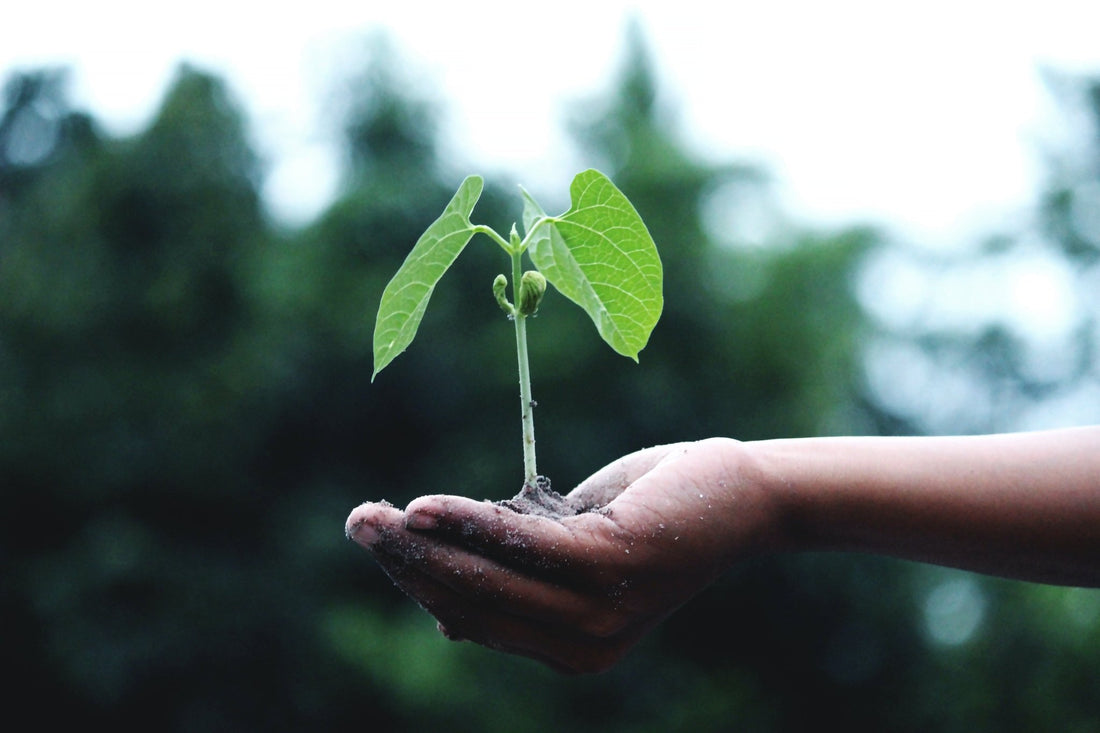Then there's paper wastage; soiled paper towels, tissues and wet wipes cannot be recycled, and are therefore categorized under general waste within NEA (National Environment Agency) Recycling Guidelines. As of 2020, Singapore generates 1.14 million tons of paper waste, and only 38% gets recycled. This is also the highest number of waste material by type on NEA's 2020 Waste Statistics and Overall Recycling table. Have you ever wondered how many trees are we growing to replace that 62% of paper waste that goes to the incinerator? While there are many uncertainties abound through this pandemic, single-use paper consumption will hardly change due to pure convenience and our focus on the global plastic crisis.
The Odds
I do feel like "David" with the odds stacking up like a "Goliath", just trying to make any sense out of it already makes it a futile endeavor. So, I decided to start this project “Neuhabitat” with my family at home, by swopping out single-use items wherever is possible with reusable ones. And through sharing this idea, I hope that others may learn to adopt and adapt to new habits that will have some significance to the crisis we are dealing with.
Close Loop It
Basically, Neuhabitat hopes that by taking action at home, we can see through the development of a larger circular economy involving issues of plastic use, sustainable packaging and waste management. As an online retailer, I believe that I am in a better position to bring about a change that’s much faster than any other actor along the e-commerce supply chain primarily through aligning my brand with appropriate initiatives and consequently influencing the consumers’ behavior.
One Good Deed
So why do I want to do this and what am I hoping to achieve? To put it simply, let’s just say it’s the decent thing to do, where some of our good deeds for our children can be paid forward through metric tons, that is to say plastic and paper wastes will hopefully not be in the picture with a fair sense of climate change mitigation.
Sources:
https://www.worldometers.info/
https://www.nationalgeographic.org/
https://www.forbes.com/
https://www.nea.gov.sg/

